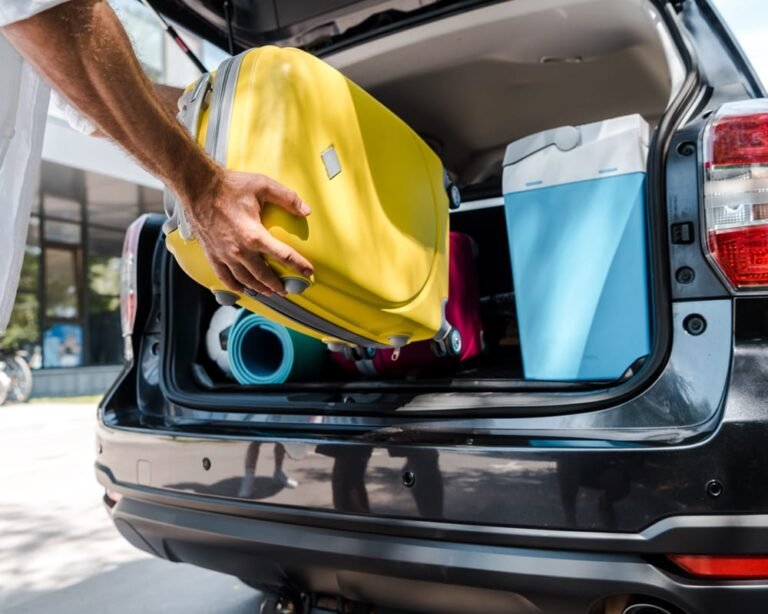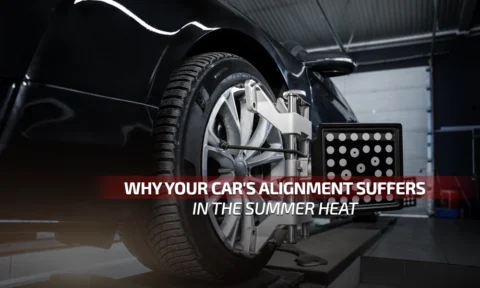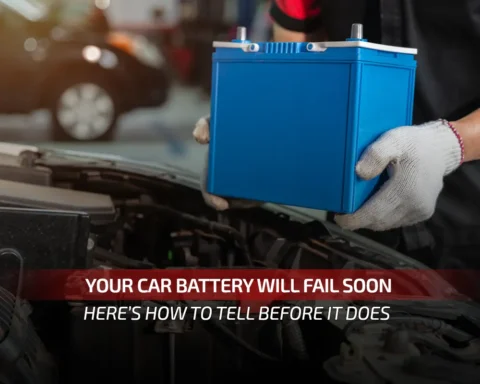Whether you’re jetting off for a long vacation, a work assignment abroad, or an extended family visit, one of the most overlooked tasks before leaving is preparing your car for long-term storage. Neglecting this step can lead to a host of issues—from a dead battery to engine trouble—greeting you upon your return. Fortunately, with a few best practices, you can ensure your vehicle stays in top condition while you’re away.
Why Proper Car Storage Matters
A vehicle left unattended for weeks or months can face a variety of issues. Tires can develop flat spots, fuel can degrade, and moisture buildup can damage the interior and engine components. Most importantly, improper storage can shorten your car’s lifespan and lead to costly repairs. Taking proactive steps before your trip ensures that your car remains safe, clean, and road-ready when you return.
Clean Your Car Inside and Out
Start by giving your car a thorough wash and wax. This helps prevent dust buildup, water stains, and corrosion caused by dirt or bird droppings left on the paint. Clean the interior as well—remove food wrappers, vacuum the seats and carpets, and wipe down surfaces. This not only prevents unpleasant odors but also discourages insects and rodents from taking up residence.
Keep the Battery Charged
Batteries tend to discharge over time, especially when a car is idle. To avoid a dead battery upon return, consider disconnecting it or using a battery maintainer, also known as a trickle charger. This keeps the battery charged without overloading it, helping preserve its health throughout your absence.
Maintain Tire Pressure
Tires lose pressure over time, and underinflated tires can develop flat spots if left idle for too long. Before storing your car, inflate all tires to the recommended pressure. If you plan to be away for several months, consider using jack stands to take weight off the tires altogether.
Top Off Fluids and Fuel
Filling up your gas tank prevents moisture from accumulating inside and helps reduce oxidation. You can also add a fuel stabilizer to keep the fuel from breaking down. Check other fluids as well—engine oil, brake fluid, coolant, and windshield washer fluid—and top them off if necessary. Fresh fluids protect internal components and help your car stay in peak condition.
Choose the Right Storage Location
The ideal place to store your car is in a covered, climate-controlled garage. If that’s not available, invest in a quality car cover to protect it from sun, rain, and dust. Ensure the cover is breathable to prevent condensation from forming underneath. Avoid parking under trees or in areas prone to flooding.
Prevent Rodent Infestation
Unattended cars can become nesting grounds for rodents. To avoid this, seal off entry points such as the exhaust pipe and air intake with steel wool or mesh. Remove any food or organic matter inside the vehicle, and consider placing mothballs or natural deterrents around the tires and engine bay to keep critters at bay.
Engage the Parking Brake with Caution
While it may seem logical to apply the parking brake, doing so for an extended period can cause the brake pads to stick to the rotors. Instead, use wheel chocks or blocks to keep the vehicle in place. If you’re storing the car on a slope, this method provides a safe and brake-friendly alternative.
Protect the Paint and Wipers
For extra protection, consider applying a coat of wax to your car’s paint. This acts as a barrier against dust and moisture. Also, lift the windshield wipers off the glass or place a soft cloth underneath them to prevent them from sticking to the windshield over time.
Notify Your Insurance Provider
If you plan to store your vehicle for an extended period, notify your insurance company. They may offer storage coverage options or temporary policy adjustments, potentially saving you money while keeping your car protected against risks like theft or weather damage.
Start It Up Occasionally—or Don’t
If someone you trust is available to start your car every couple of weeks and let it run for 10–15 minutes, it’s a good way to keep fluids circulating and systems active. If not, it’s better to prepare your car for full dormancy rather than running it inconsistently.
Return to a Ready-to-Roll Ride
When you return from your trip, don’t just start the engine and drive off. Reconnect the battery, check tire pressure, inspect fluid levels, and make sure there’s no sign of animal activity. Starting slow with a short drive helps everything warm up properly before heading out on the open road.
A Little Effort Goes a Long Way
Storing your car properly while you’re away takes a bit of planning, but the rewards are worth it. By following these best practices, you can return from your extended trip knowing your car is just as ready to hit the road as you are. Think of it as giving your vehicle a vacation of its own—safe, clean, and stress-free.







